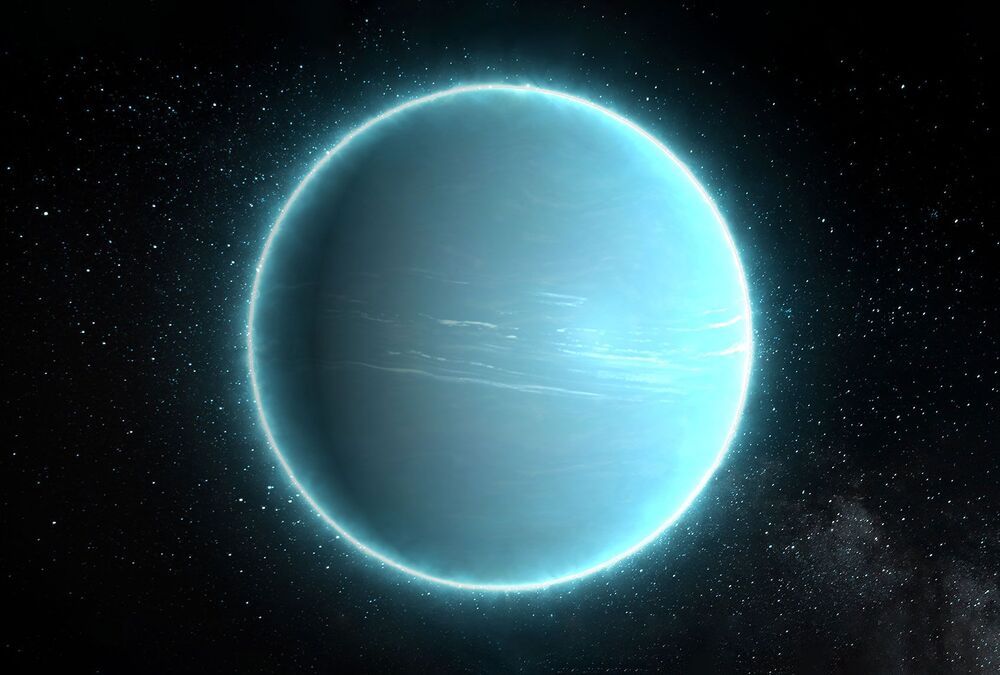Astronomers have long predicted that deep beneath Neptune’s thick blue clouds lies a super-hot body of water that, despite its high temperature, never boils because of its incredibly high-pressure atmosphere. Uranus, another planet in the outer solar system of similar size and composition, is also believed to have a similar water-rich interior. Unfortunately, due to their distances from Earth, it is hard to directly probe these two planets to test our assumption. But scientists have found novel ways of testing their theories about these ice giants from Earth.
As described in a newly-published study from Nature Astronomy, scientists recreated the pressure and temperature of the interiors of Neptune and Uranus in a lab. The aim of the experiments was to test hypotheses about the chemistry of the deep water within these planets. But the study could have additional implications for what we know about potentially habitable planets in other solar systems.
“We were seeking to extend our knowledge of the deep interior of ice giants and determine what water-rock interactions at extreme conditions might exist,” said lead author Taehyun Kim, of Yonsei University in South Korea. “Ice giants and some exoplanets have very deep water layers, unlike terrestrial planets. We proposed the possibility of an atomic-scale mixing of two of the planet-building materials (water and rock) in the interiors of ice giants.”
